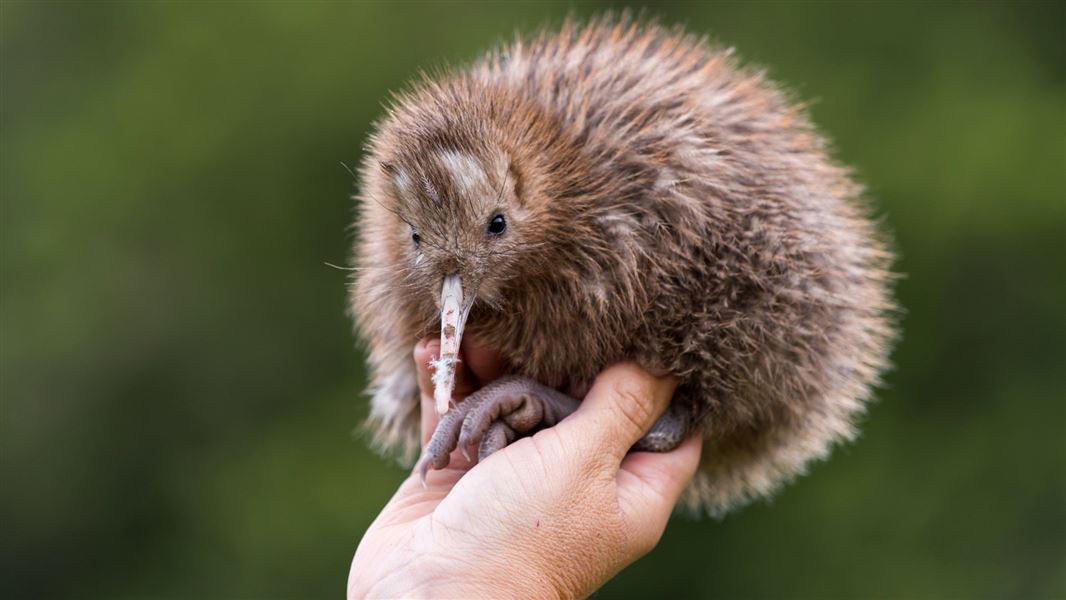
A kiwi footprint has been detected by Department of Conservation rangers undertaking a vegetation survey on public conservation land at Ballyhooly bush, a remnant matai forest on lower Whataroa River flats, close to farmland.
"The print has not been confirmed by an expert, but based on the size and layout of the toes, it's most likely to be a kiwi," DOC South Westland operations manager Wayne Costello said.
"We are planning to put some acoustic recorders out there to see if we pick up any kiwi calls to confirm this."
Mr Costello said they had seen evidence of rowi (Okarito brown kiwi) expanding outside of the main sanctuary into other areas over the last few years, as the population had grown.
"So it's exciting to see signs at Ballyhooly bush."
In the early 2000s the rowi population had reduced to just 160 birds before recovery began with intensive breeding support work. Since that time, the rowi population has grown to about 600.
As well as having populations restored in Okarito forest, rowi have been re-established in the Omoeroa coastal ranges, near Fox Glacier township in the past couple of years.
Whataroa is part of Predator Free South Westland - an ambitious project to eliminate possums, rats and stoats from 100,000ha between the Whataroa and Waiau (Waiho) rivers from the mountains to the sea, restoring nature and supporting the local community.
Mr Costello said the predator programme would help to protect the growing rowi population as well as other native species, including the recently discovered long-tailed bat/pekapeka.
Stoats were the biggest threat to rowi survival, he said.











